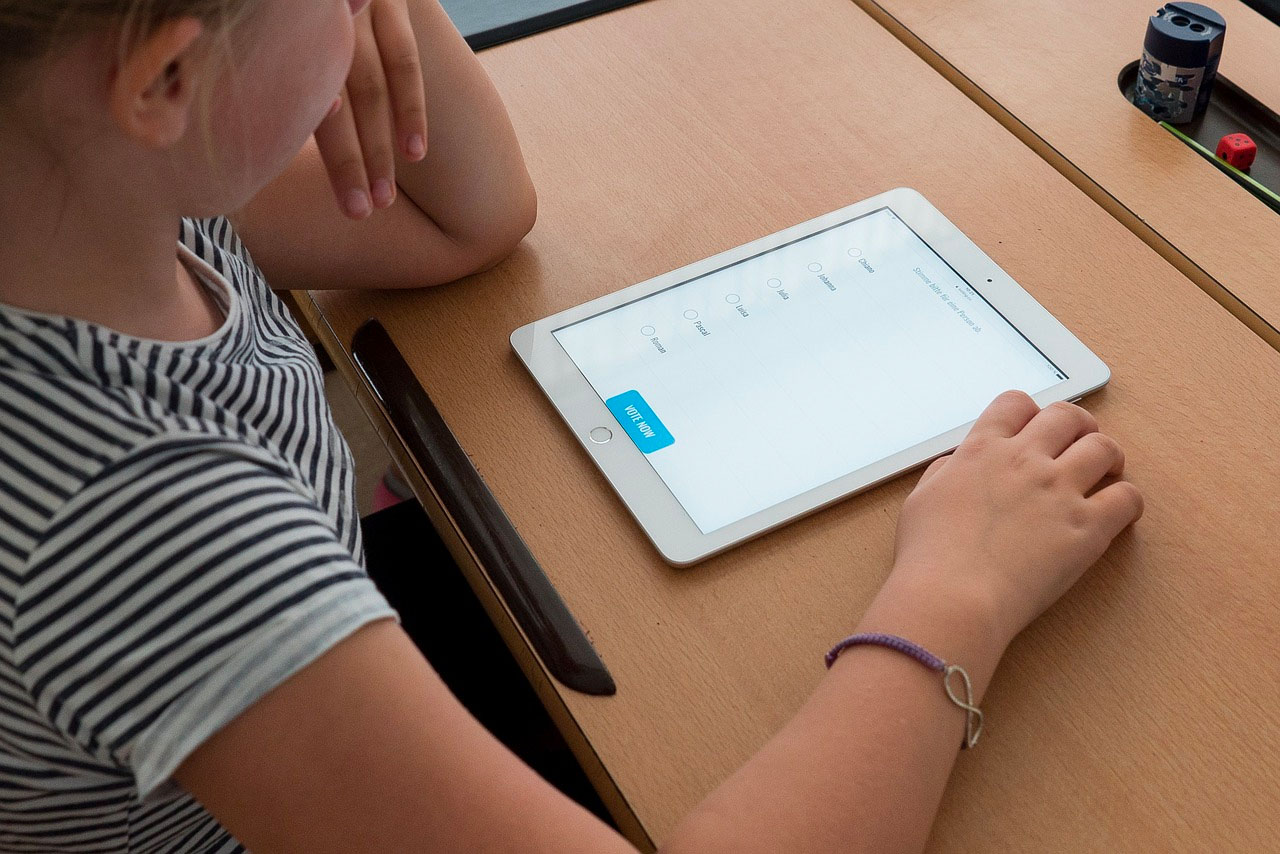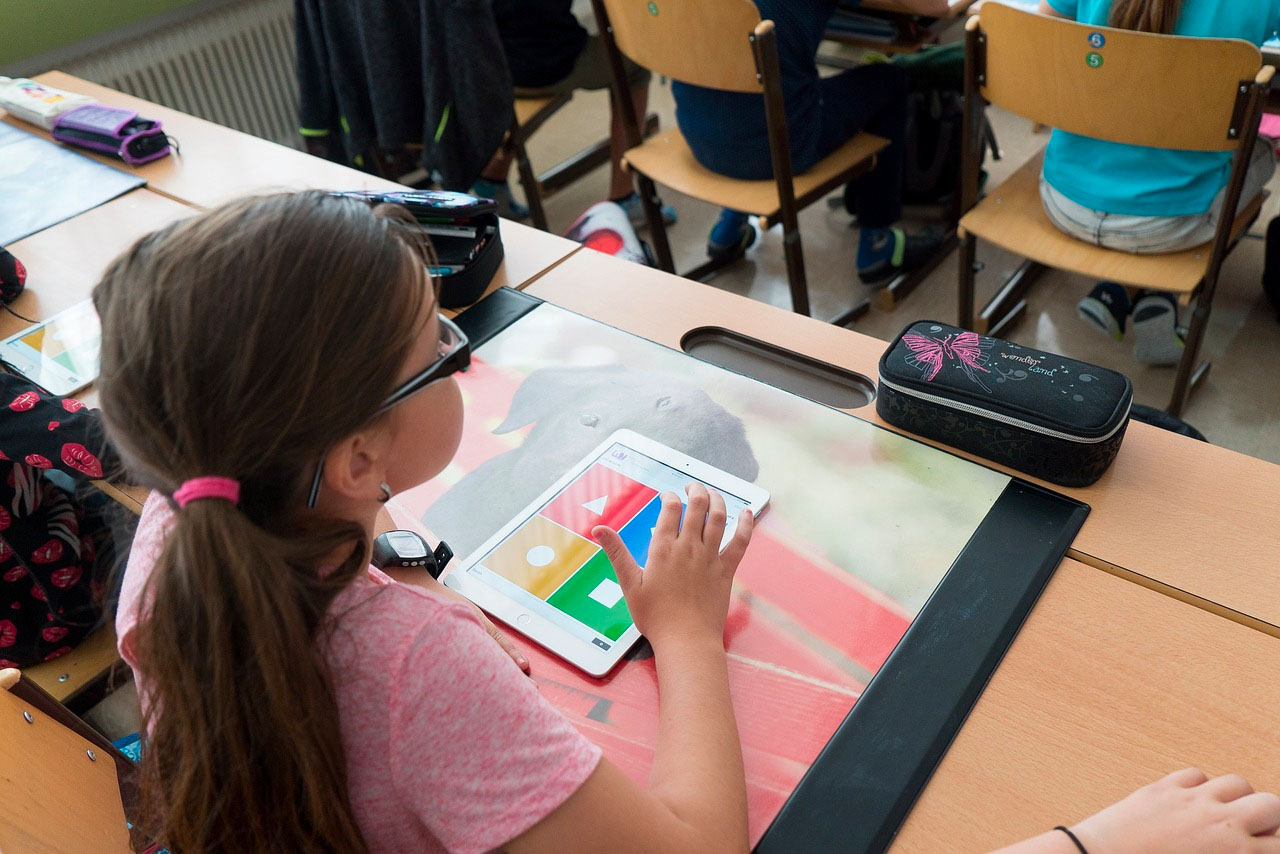Five Ways Artificial Intelligence is Changing the Online Learning Community
The mention of artificial intelligence in the modern day world has been reduced to little more than a buzzword to the average reader. It is not often that we are able to properly take in the strides that have been made recently with this revolutionary technology.
A.I has come a long way since its early days of conception, jumping from an extraordinary concept used solely in science fiction media, to a real life usage that is constantly changing the way the world learns. When it comes to online education, the niche has been flipped on its head and revolutionised as artificial intelligence has evolved.

Artificial Intelligence in Education
The idea that the implementation of A.I aims to get rid of the traditional education system is fallacy – science isn’t looking to replace your average tenured university professor with a robot entity with Siri capabilities. However, what A.I. has been able to do is transform the e-learning community, and how we approach education in general. It’s no longer a privilege reserved only for the elite. With the help of A.I, online education has become more accessible than ever.
According to a Forbes study, the global e-learning market is expected to be worth over $300 Billion by 2025. It’s safe to say that A.I has played an important role in the industry’s popularisation; but exactly what kind of changes is artificial intelligence providing for education? In this article, we’ll break down the top five breakthroughs that A.I has been making when it comes to online learning.
The E-learning market is expected to be worth over $300 billion by 2025. Here is how AI will play a role in this ongoing boom #edtech Share on X
Top 5 Breakthroughs in Online Learning Assisted by AI
1. Accessibility for Foreign Language & Disability
One of the amazing aspects of online education is that it’s an affordable alternative to the traditional classroom that can be available globally, wherever you can find an Internet connection. This alone makes it a far more viable solution for your everyday learner. However, A.I can make the accessibility of e-learning go even farther.
Through the use of machine learning and image recognition, educational content with frequent visual components can be analysed and interpreted in order for blind individuals to benefit from their use as well. In a similar vein, students with hearing loss can also expect to see great improvements in recent efforts of disability inclusion.
While automatically generated subtitles have been around for a long time, deaf activists have been clear to point out that they can’t be relied upon due to their abundance of errors. By using neural networks to analyse facial expressions, accents, speech pace and more, several researchers have been able to develop software that can beat world-expert lip readers’ accuracy by over 34%.
These same efforts being made on speech recognition and automatic subtitles, combined with A.I translation technology, is of great use for those students who want to consume content in a language they’re not completely fluent in. For these reasons and more, A.I has made e-learning more inclusive than it has ever been.
Who would win a lip reading battle: world-expert lip readers with years of training... or a computer? Check it out #edtech Share on X
2. Customised Learning Content
It has taken society decades to realise that education is not a one size fits all solution. In a classic school system, the same scenario is being repeated where bright students are falling behind due to not being able to follow the only learning method that is being provided. This is where perhaps one of the most promising and helpful aspects of artificial intelligence in online education comes to play.
Much like Netflix can personalise your list of recommendations for shows and movies, a similar technology can be used to customise the classwork given to each individual, in order to assist the students according to the challenges they face and the lessons they respond well to.
We can see this concept being applied to various online tutoring apps, where the mistakes that students make as they solve a problem are being analysed in real-time in order to help them with the next problem.
Imagine if your education could be tailored to you in the same way Netflix can personalise your content recommendations. Here's how... Share on X
3. Virtual Reality
While virtual reality is not a synonym for artificial intelligence, these two technologies often work as a team and can complement each other in ways that reaps benefits for many industries, including the online education community.
One of the downsides of e-learning is the fact that it can be difficult to immerse yourself in a learning environment without the traditional setup of a classroom. But we don’t have to stop at the basic concept of just using VR to construct a typical classroom or lecture hall setting, as helpful as that may be for some students.
Let’s consider some of our planet’s most valuable yet risk-filled professions. A combination of AI and VR have been able to create online training simulations that serve as learning opportunities for dangerous real life scenarios, such as helping medical students practice performing their first brain surgery in vivid detail.
With the help of AI and VR, med students are able to perform their first brain surgery in vivid detail, no risks attached. No brainer!?! Share on XAll in all, virtual reality is a great solution for adding an engaging element to online learning beyond the study of theory. With the increasing popularity of mobile VR headsets, you no longer have to leave the safe environment of your home in order to fulfill your practice hours.
AI can also be used in conjunction with Virtual Reality, to ask questions and gauge your understanding of the subject. In return, it can set a learning path or virtual journey that will allow you to experience and understand the subject further. Think customised learning content in the previous section but at a whole different level of interactivity and engagement.
This layer of real time engagement is what the online learning community needs. It is the major component that is lacking beyond the online chat, messaging, discussion forums and emails. Virtual Reality and AI makes this interaction possible.

4. Data Analysis & Automation
Automation has become a tech standard for most industries in the 21st century. The idea is simple: don’t waste valuable time doing tasks that a machine can easily do. The question is, how far can we take this challenge?
When it comes to education, you can’t be so sure anymore that the digital learning content you’re finding online was 100% produced by a human being. And that doesn’t have to be a bad thing, either.
With the help of A.I, a lifetime’s worth of textbooks can be analysed and digitised in seconds, and then used to produce a new batch of content, customised for the modern student. In fact, this automated content creation can go hand in hand with data analysis of an individual’s comprehension skills and interests – or even of an entire classroom, thereby studying the trends that are helping create precise learning material.

5. Conversational AI Tutors
Virtual assistants are no longer a futuristic idea, thanks to the normalisation of having robot-like tools like Alexa in our homes and Siri in our phones. In a sense, these types of personal assistants have already begun to assist some clever students – however, for the most part, they serve more as problem solving machines than as proper tutors.
When we talk about AI tutors in the realm of online education, we’re able to shoot for a more personal approach that still allows you to problem-solve on your own. For this point, let’s consider the field of language learning. The most popular language learning apps, such as Duolingo for example, take advantage of speech recognition software to handle the teaching of phonetics, with automated evaluation included.
“Hey Alexa, can you teach me algebra?” This sentence might not be too far off from our soon-to-be reality. Here's how AI will change education. Share on XHowever, any expert in this subject will be able to tell you that active conversational practice is by far the best way to learn a new language. Which is why the online language learning community is experiencing a rise in AI-powered conversational aides, with the intention of simulating a natural, real life interaction.
While this type of tech is still being developed, with companies like Speexx and more actively following the research, it’s rightfully painted as a total game-changer for the online education community as a whole. We might not be ready for a total robot overtaking of teacher positions; but we’re certainly on the path to have similar, viable alternatives for those who it might benefit.

A.I in Online Learning and Education
We know that online learning has increased retention rates by between 25% and 60%. Online education itself can date back to the mid 1990s, meaning we’re barely a few decades into the concept that has made learning more accessible and individually targeted year by year.
In a powerful sense, it’s exciting to note that this is only the beginning. As A.I develops and introduces us to more revolutionary concepts, it’s safe to say that the future of education has a promising history behind it, fuelling towards its continued success.










